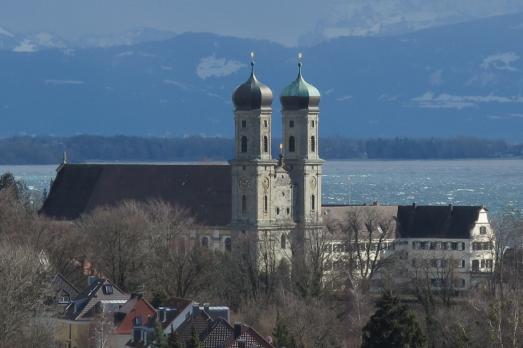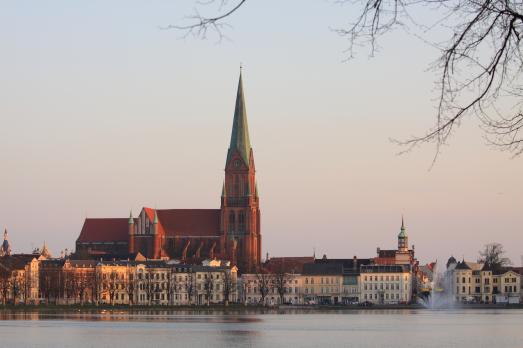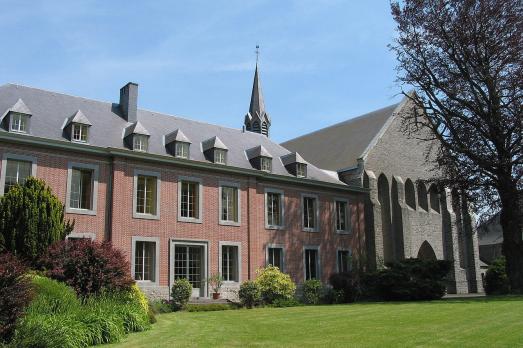
Scheemder Church
Scheemda, NL
In 1509, when the Dollard flooded once again, the residents decided to move the entire village a mile and a half to the north and the cruciform church was demolished and rebuilt as a hall church. In 1570, the old detached tower was replaced by a new one.










